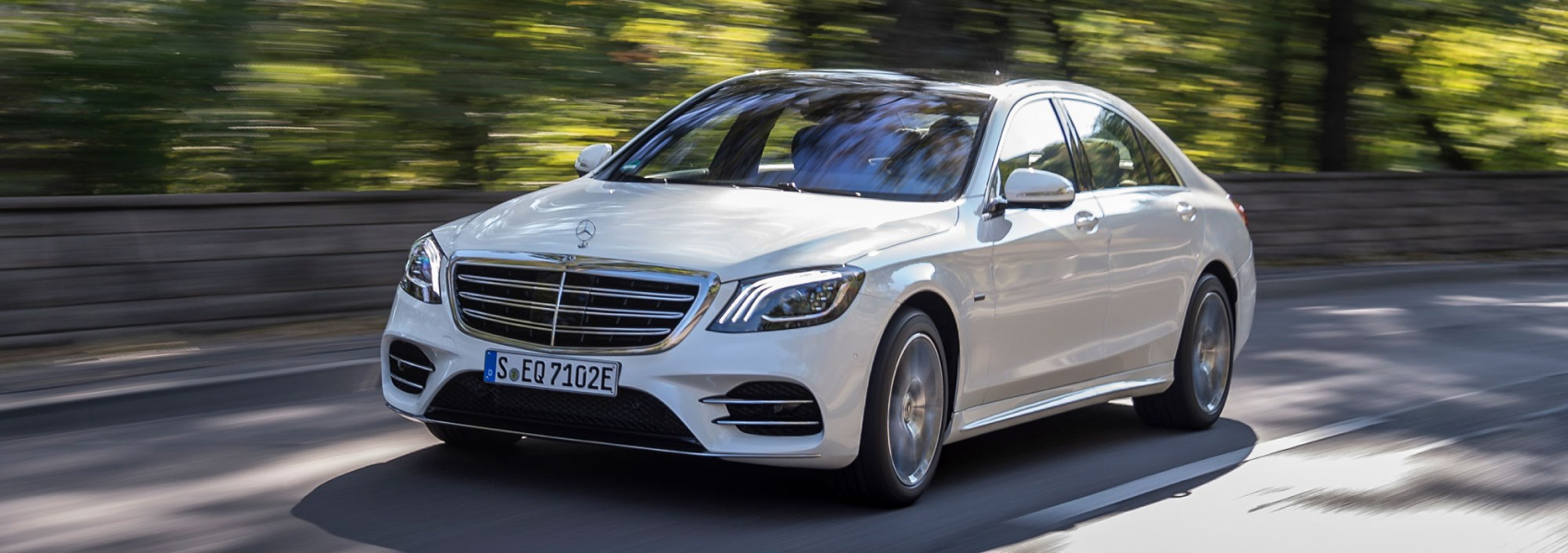
Selling a car without a logbook (V5C) can seem challenging, but it can be done with the right knowledge and approach. The logbook is a crucial document that verifies ownership of the vehicle, yet there are other ways to sell your car legally and responsibly. Here’s a detailed guide on how to sell a car without a logbook in the UK.
1. Understand the Importance of the Logbook
The logbook, or V5C document, is issued by the DVLA (Driver and Vehicle Licensing Agency) and contains important information about the vehicle, including:
- Registration details
- Vehicle’s registered keeper
- Vehicle specifications
Without this document, potential buyers may be hesitant to purchase the car, fearing issues with ownership or legality. However, selling without it is still feasible if you follow the right steps.
2. Gather Alternative Documentation
If you don’t have the logbook, gather any other documentation you might have that can support the sale:
- Purchase Invoice: If you bought the car from a dealer, locate the purchase invoice as proof of ownership.
- Service History: A service history can demonstrate that you’ve maintained the car and can help reassure potential buyers.
- MOT Certificates: Recent MOT certificates can indicate the car’s road worthiness.
- Insurance Documents: Provide any insurance documents that confirm your ownership of the vehicle.
3. Inform the DVLA
If the logbook has been lost, it’s important to inform the DVLA as soon as possible. You can apply for a replacement V5C online or by post. You will need to provide details such as:
- Vehicle registration number
- Your personal details
- Any previous address details related to the vehicle
This process typically takes a few weeks, but it’s crucial for protecting yourself and ensuring the legitimacy of the sale. If you’re unable to wait for the replacement logbook, proceed with caution.
4. Be Honest with Potential Buyers
Transparency is key when selling a car without a logbook. Clearly communicate the situation to potential buyers, explaining why the logbook is not available and providing any alternative documentation you have. This honesty can build trust and reassure buyers about the transaction.
5. Consider Selling to a Dealer or Scrapyard
If you’re unable to sell the car privately, consider approaching local dealerships or scrapyards. Many dealers are willing to purchase vehicles without a logbook, though the offer may be lower than selling privately. Scrapyards may also buy cars for parts or scrap metal, which can be a quick way to dispose of the vehicle.
6. Use Online Platforms
Online platforms like AutoB can be useful for reaching potential buyers. When creating your listing, be clear about the absence of the logbook and provide any supporting documents you have. Use detailed descriptions and high-quality photos to attract interest.
7. Provide a Bill of Sale
When you find a buyer, it’s essential to create a bill of sale. This document should include:
- Buyer and seller names
- Vehicle details (make, model, registration number, VIN)
- Sale price
- Date of sale



